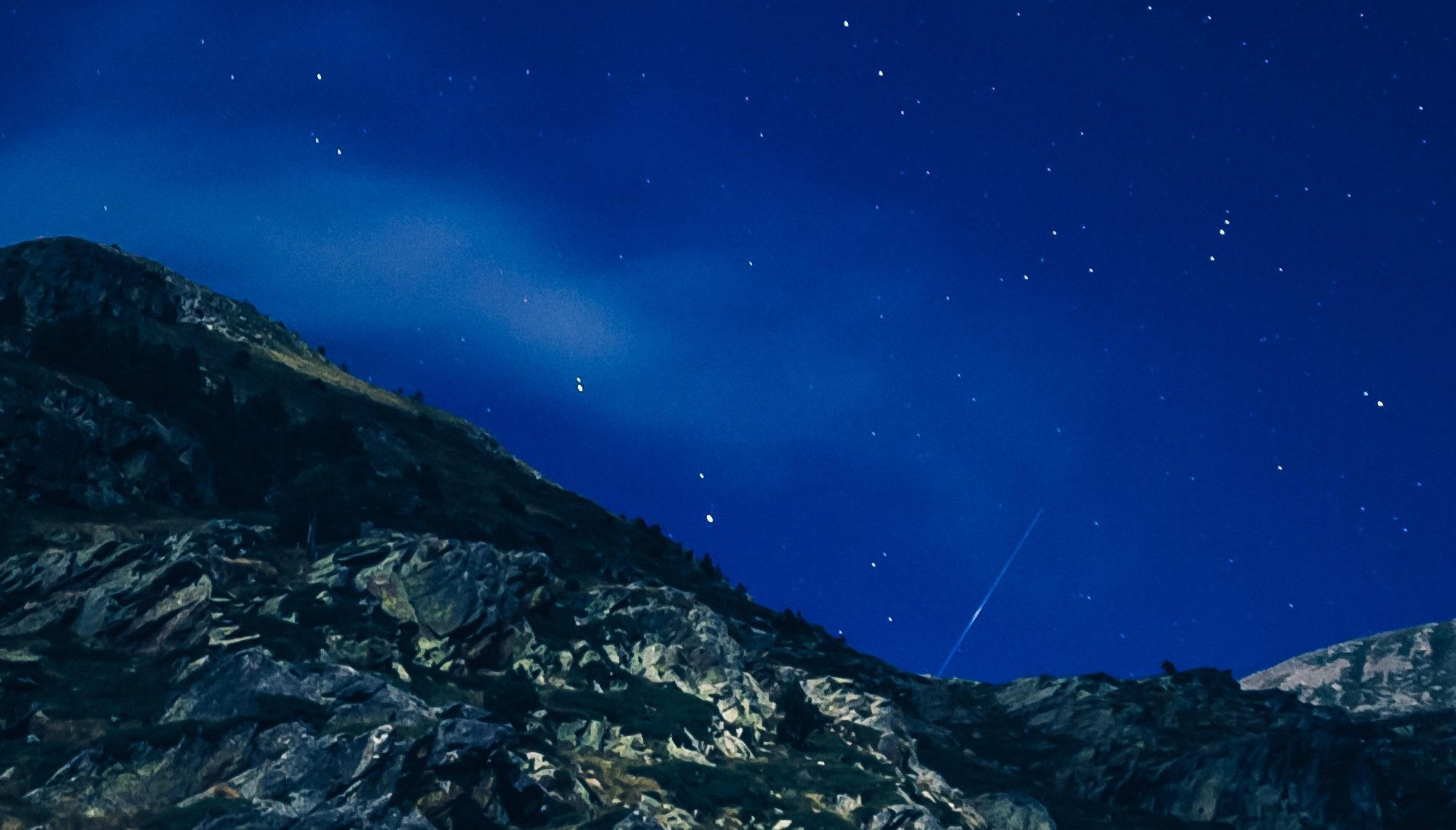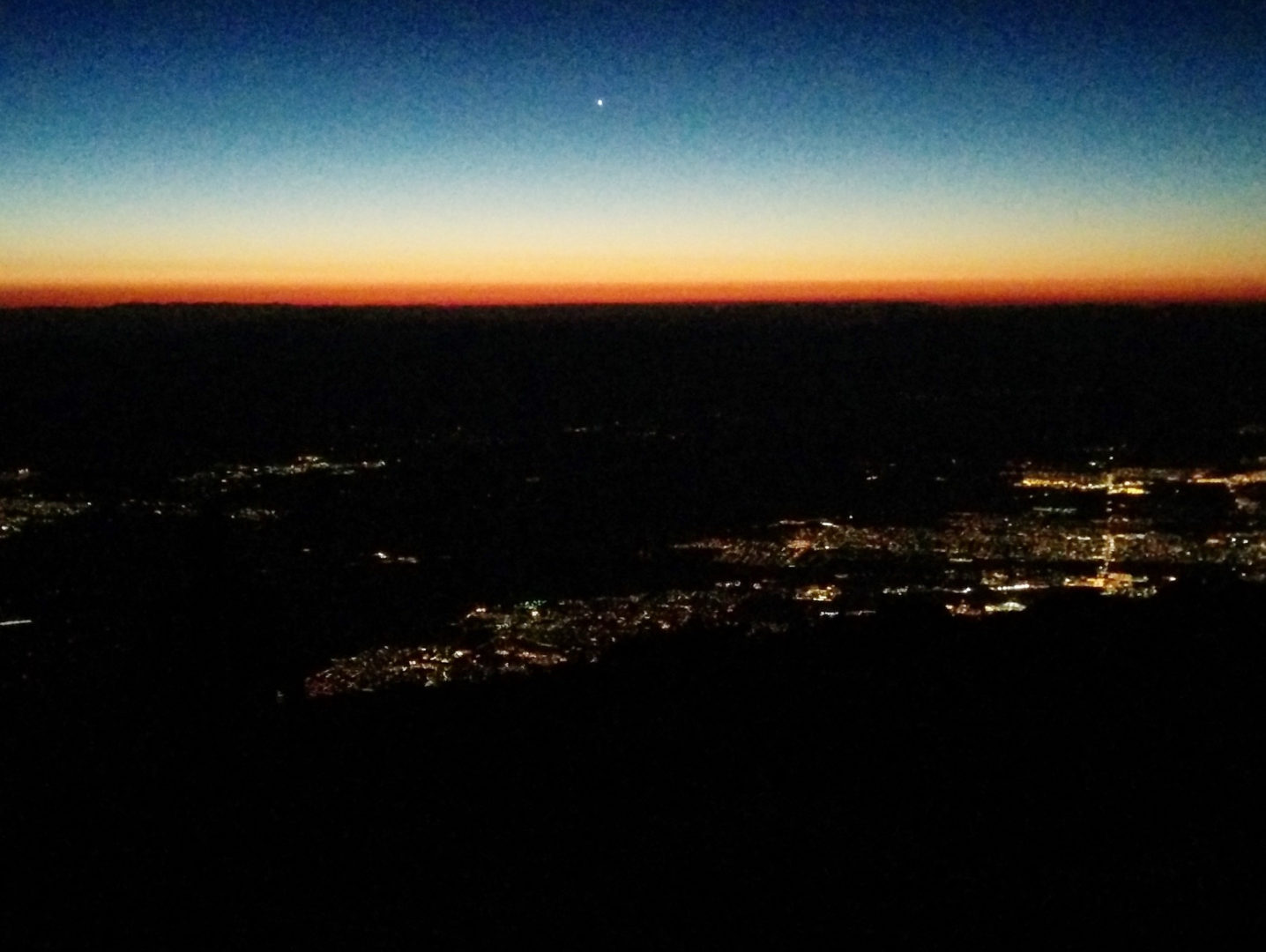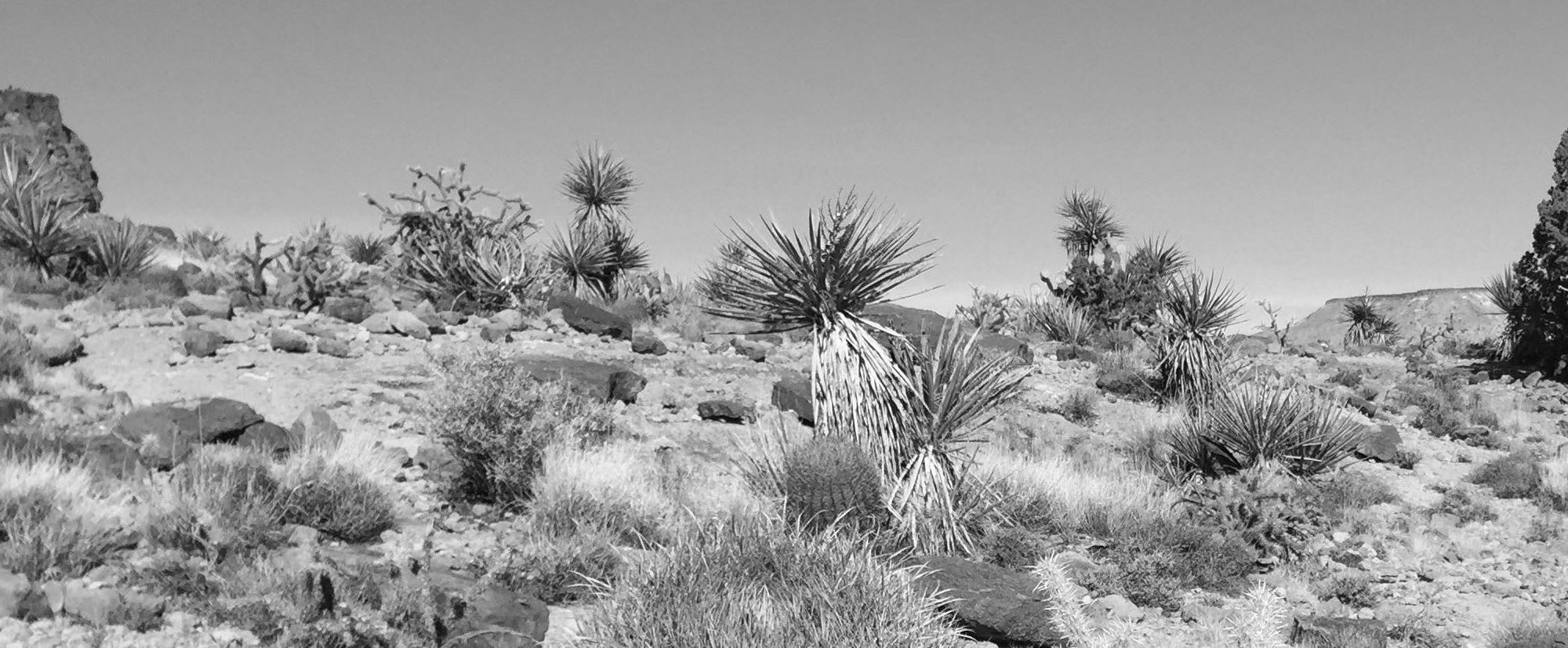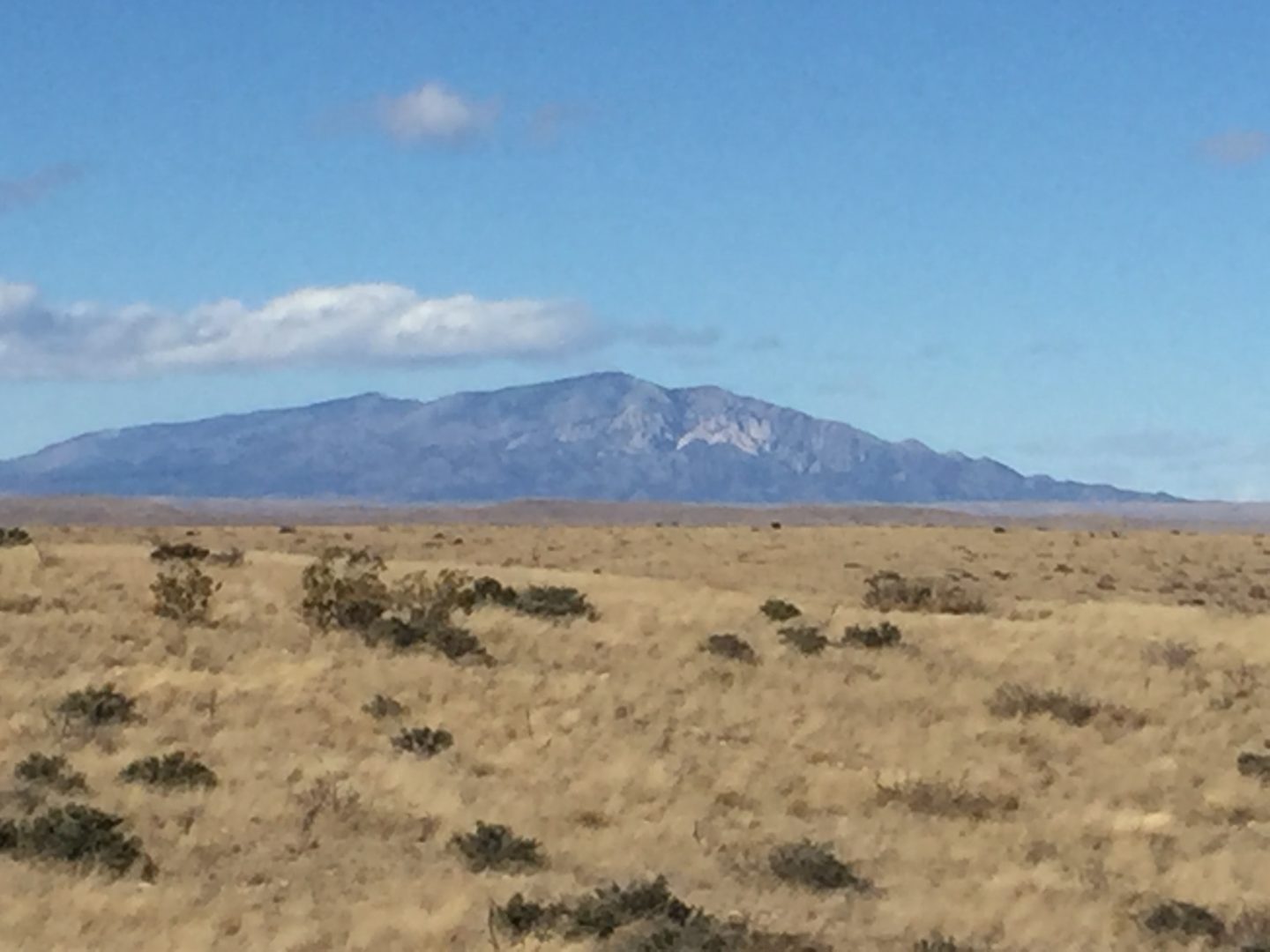“Like echoes bouncing off the walls of a cavern, appearances interact into one another, creating experience as a constantly shifting composite.” Tarthang Tulku, Dynamics of Time and Space
One day a while back, while switching between FM stations on my car radio, the rich texture of a cello filled the space around me. It wasn’t so much that a melody caught me up, or a rhythm had me tapping the steering wheel. It felt more like standing on the edge of a grove of trees when a strong wind is moving all the branches in unpredictable harmony. Or like standing on a rocky premonitory with waves crashing all around, surrounded by unstoppable water, cold splashes of spray and bursts of wind, as sunlight looks on from above.
Out of nowhere, a phrase appeared in my mind—“A lonely dragon sings”—and I wondered what that could possibly mean. Perhaps that it’s not our memories, or even the contagion of rhythm and melody, that allows us to be present in this living realm? Perhaps it’s only when some forgotten wondering stirs within that we can glimpse the true potential of our lives.
How amazing to be carried along in a human mind as it reverberates with an ambient, sentient aliveness. Usually this experience feels flat and tame—the dinner bell of the preordained and well-rehearsed. But sometimes our familiar surroundings can open a doorway into a mysterious realm that we don’t ordinarily notice.
Perhaps we ourselves are lonely dragons and, stuck in our own forgetting, we dismiss as mythological an ancient understanding.
Tibetan monks chant with tones intermingling in a single throat, like two hawks circling above the fields. But most of us are more like dogs howling along with a passing siren or with coyotes on a distant hilltop, our solitary voices searching for a place within a greater whole. And as we sing our own song, one note at a time, we imagine the chords in the midst of which our own isolated lives might resonate.
Perhaps we will sing in the chorus of Handel’s Messiah. Or perhaps we are dead-set on dumbing down the exuberance of life, so that nothing too inconvenient can surprise us. Then, before we know it, we are more interested in having others “sing our tune” than in adding our own voice to a chorus of shared concerns—preferring to sweep the chips off the table in life’s lottery rather than toss our coins into a wishing well of hope.
A water fall is not the “fallen” water pooled beneath, and there is a cost to living our lives in the shallows of the already happened. Time is always flowing and always manifesting an unfinished symphony in which we play our part. And when we enter the stream of present, flowing time, the frozen walls of the preordained cannot help but melt around us. When we turn our face into the wind and hear the trees sighing in nearby yards, notice a candy wrapper crossing the street on its tumbling journey, or look up into the grey heavens as the first drops of rain reach us, we may catch ourselves already in the midst of this greater time.
As our conviction that we live in an unresponsive reality calves off its glacier of frozen certainties, we may find ourselves swimming in the midst of a vast ocean world. Whales and dolphins are waiting for us there, ready to resume a Delphic conversation about the well-being of our planet, inviting us back into harmony with the many kinds of intelligence living on Earth.

Was it a bad move to come ashore? Has humanity benefited from leaving our ancestral home, and setting up shop on the shoreline? The daily news accosts us with images of last-gasp dreams expiring in an unwelcoming world: tent cities and refugee camps clustered at the edges of politically-drawn borders; cardboard box suburbs and food lines closer to home. And worse. It seems that humanity is barely wobbling along on its own two legs.
Would our species be better off still living in the ocean: exploring its depths and experiencing directly the multidimensional space of embodied life? Was it an unfortunate blunder when our forebears became stranded at the edges of retreating coast lines? Or did our ancestors endure the pain of a grand evolutionary leap when they waddled on the stumps of stubby fins from puddle to puddle, until at last they managed to gasp a gulp of hot, dry air?
Perhaps it is still possible to pull out a win for this bold adventure, started a few million years ago, when our predecessors—who must already have been dropouts in their fishy livelihoods—embarked on their pilgrimage into an unknown world? But now we are obliged to live with the unremitting pull of gravity, so that giving up and collapsing, like fish flopping on deck, is the siren call of our days and nights. It is not an easy matter to remain upright in the bright air, barely supported by the thin medium in which we now live. No wonder we dream of flying. We still remember a time when we were able to soar upwards toward the bright heavens and plumb the dark depths below, as easily as we now turn right and left on the hard scrabble surfaces of our adopted home.
How rare and wonderful is that feeling of gliding through the medium of our lives. To be able to leap in spectacular arcs of freedom into the sunlight, with the certainty that our Mother’s arms will catch us—who among us, as an adult, lives with such confidence? Who among us would not gladly exchange the forced march of progress and the percussive tramp of invading armies for an effortless glide through realms of light, at one with a community of fellow beings flying alongside?
Humanity’s lack of care for Mother Earth gives testimony to how we have forgotten our own childhood. And forgetting where we have come from is causing us to ignore the well-being of beings who are very likely superior in important ways.
Dolphins use ultrasound to map their environment, to speak with one another, and to ‘see’ interiors that are hidden from human eyes. They have healed humans with gentle and knowing probes of bodies that are nested surfaces for us. And it may be that we are sharing this planet with beings whose use of language is able to comprehend their world, while simultaneously engaging in an intimate relationship with that world. We could learn so much from beings who don’t flounder in sound bites or mistake fake news for true understanding. Meanwhile—with our species’ all too familiar recourse to technology—SETI scans deep space for signs of extraterrestrial intelligence, while Earth’s oceans—home to a vastly different kind of mind than our own—largely escapes notice. The Hubble telescope brings the far reaches of time and space closer, but understanding how dolphins and whales view their world could expand our understanding of our home planet and empower us to question the single lane highway along which we are now racing—with no brake pedal on the floor.
When we widen our view to include the teeming biosphere in which our individual lives find their place, then the terrible isolation of being a single entity can loosen its grip.
We seem convinced that, as individuals, we are unable to affect the accelerating, global momentum that drives our lives. Yet the hope of the world still rests in our hands. When we chose to give our time and energy in ways that allow us to remain hopeful about the future, the future will lean in our direction—for the future is not a hidden stronghold but, like Portia’s mercy, the falling rain of time.
I sit with a cup of coffee and gaze out through my sunroom windows into the back yard and beyond, where east-facing branches and chimney tops are touched by early morning sunlight. Suddenly, with an unexpected abruptness, a steady rain of mulberry leaves is drifting past the windows, like huge, green snowflakes, while the world further out seems as remote from the flow of time as a still life painting. If not for the falling leaves, it could be a poster of late fall in New Mexico, snapped just after dawn.
And I wonder why the leaves are just this moment setting sail, like an armada under the command of a single admiral. Is there a clock, embodied in roots and branches and planetary tilt, which one morning announces that it’s time to pack up for winter? Does it even make sense to think of this mulberry tree as an entity able to make shifts in the flow of time? After weeks of monsoon rains pooling beneath the brown lawn, how astonishing that one morning all the leaves are setting sail at once.
I can feel my own agendas rising, with their prescriptions for my morning—do yoga, make breakfast, feed the dogs—and I wonder if, like this tree, I too am rooted in cycles of beginnings and endings, of renewals and leave-takings.
As this tree takes leave of its summer foliage, is it enacting a realization that nothing is ultimately ever lost? Is it acting out an ancient faith that spring will come again, with its new awakenings, just as this morning’s dawn has followed in the wake of last night’s sunset?
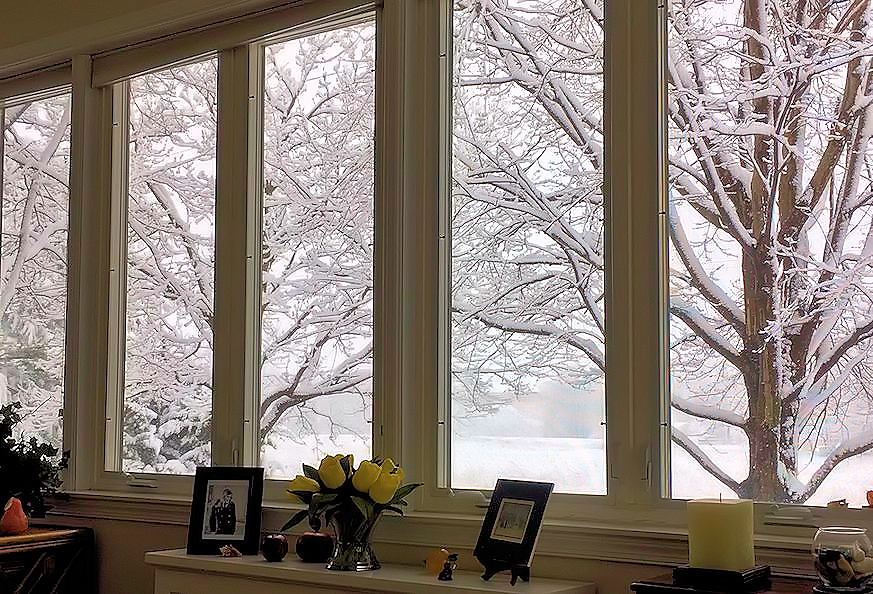
Trees are so closely linked with our planet and the entire grand waltz of our solar system—their deeply rooted gestures one with the tilting of Earth’s axis, the orbiting dance of Earth, Moon, and Sun, and the circulation of water and the drifting continents—they remind us that instead of floundering in the anxieties of a self who fears the future, regrets the past, and scrambles through the present, we too can join the dance of time.
As I drift among the years of my own life—connected with a wide sweep of time, through parents and children, through the wisdom and beauty that others who have come before have left behind—I feel grateful that I have been called forth from my isolation to join this symphonic poem of beginnings and endings.
Even now, a ship’s horn is sounding dockside, announcing that it is time to slip out on today’s voyage to exotic lands. It’s not a leave-taking so much as an arrival as I run up the gang plank, turn around, and feel the deck vibrating under foot. Whether it’s a cup of coffee with a friend, a trip to Peru, or taking another breath with appreciation, I too am a leaf adrift in morning light, alive and accounted for as I wend my way back home.
##


